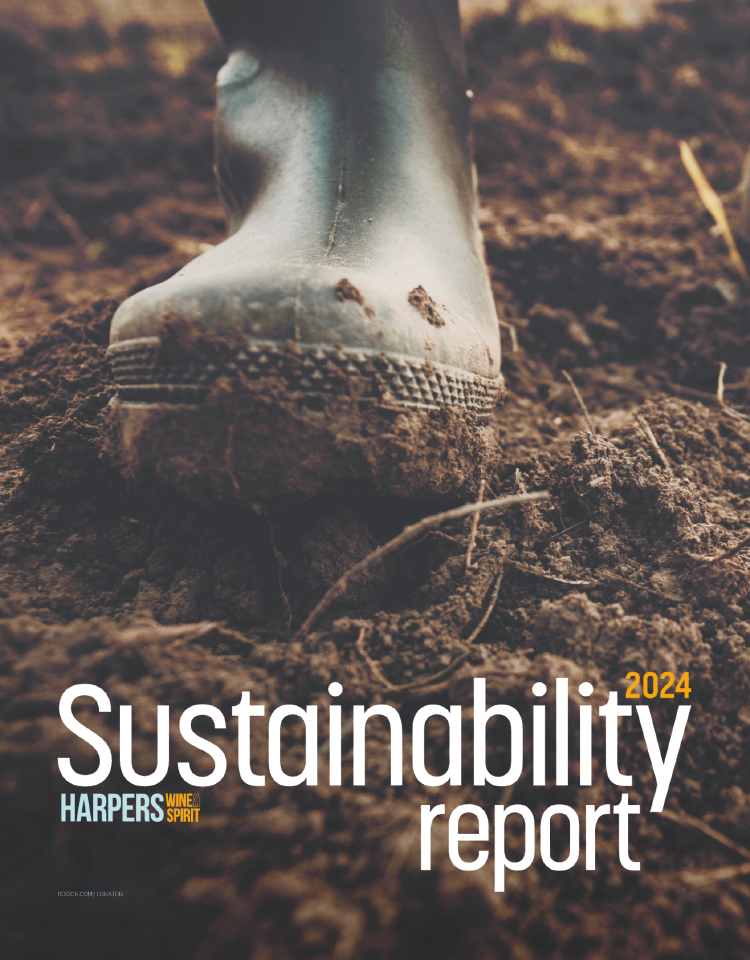
Ten things you need to know about Bibendum PLB
It's been billed as one of the biggest deals of the century, but what do you need to know about the Bibendum takeover of PLB and what it means for the trade?
It's been billed as one of the biggest deals of the century, but what do you need to know about the Bibendum takeover of PLB and what it means for the trade?
 Bibendum PLB is formed
Bibendum PLB is formed
In such a closeted world of the wine trade it is a wonder that Bibendum managed to keep its talks of a takeover of PLB under wraps, particularly as they first started last February.
But quietly and diligently the two mammoths of UK drinks distribution have spent the last few months working out a deal that not only brings the two previously fiercely competitive businesses together, but does so with, initially at least, seemingly few casualties.
As margins through the supply chain have been increasingly cut back the call for consolidation amongst the supplier base has grown louder and louder. Not least by the powers that be at Bibendum and PLB.
It is no secret that both businesses needed an alternative strategy to take themselves forward and they will be hoping that strength really does come in numbers.
The new self-dubbed supergroup is to be led by Bibendum's chief executive, Michael Saunders, the main architect to the deal taking place, who will now oversee a combined business with five separate trading companies each targeting different sectors of the market.
10 key facts you need to know about the deal:
1. The deal: Bibendum and PLB might have become one business, but they will continue to trade separately with Bibendum focusing exclusively on the on-trade, and PLB the off-trade headed up by current managing director, John Osborne.
2. Cost of the deal: It is not known how much money changed hands but the two companies have a combined turnover of around £300 million.
3. Size of Bibendum: Its accounts to March 31, 2014, show turnover of £172.3 million, down 2.5% on the previous year following the disposal of its private client business in November 2013. Gross profits fell 6% to £22.7 million with margins falling to 13.2%. But the group's operating profit tripled to £1.3 million as it cut overheads and improved efficiencies.
4. Size of PLB: Its latest accounts, for the year to the August 2013, showed net sales fell by 11% to £125m. But, net profits rose by 5% versus the previous year, to £345,000.
5. The management: Key management figures are Michael Saunders, chief executive. James Kowzun, chief operating officer, Fiona Cochran, brand director, Jonathan Newton, operations director, Andrew Shaw, buying director. The Fredericks family - founding fathers of PLB - retain a seat on the new firm's board.
6. The new company: There are five trading companies - Bibendum: covering on-trade; PLB: off-trade; Walker & Wodehouse (which has also been acquired) independents; Instil: craft beer and niche spirits; Wondering Wine Company: live events (see diagram for key staff)

|
7. Redundancies: The new firm employs around 300 people, although Saunders admits "difficult conversations" will have to be had to avoid repeating roles. It's not yet clear what scale this will be on, although both Saunders and PLB's managing director, John Osborne, are keen to "create a new firm where two plus two equals five", and retain as many staff as possible.
8. Headquarters: With Bibendum being located in north London's leafy Primrose Hill and PLB in West Sussex's East Grinstead, Saunders is looking to rehome the firm somewhere in between. London Bridge has been mentioned, but in typical Bibendum style, Saunders is looking for a building with the "the Bibendum magic".
9. Ownership: The firm remains in private ownership - offering the "luxury of an ownership that understands some of the idiosyncrasies of what we're doing", Saunders said. This means it can play the long game without having "the City or a venture capital company breathing down your neck".
10. What next? The new company is not ruling out expansion to overseas markets, and a return to China, or other Asian markets, especially Thailand, could be on the cards.
What the trade says:
Julian Dyer, general manager UK/Europe at Australian Vintage: "The distributor/agency model is under pressure, and only the best will thrive. There are quality people in these businesses, and I wish them every success. We need a diverse and thriving wine industry."
Bernard Fontannaz, founder of Origin Wine: "There is less space around the table for suppliers. They need to be specialised in their field and be in the top team to survive."
Robin Copestick, managing director of Copestick Murray: "There had been so many rumours about both PLB and Bibendum that it was clear that something was going to have to change. I believe that this acquisition of PLB will be good for the UK wine business and is certainly better than one of the companies disappearing"
Tim Wilson, managing director of the Wilson Drinks Report: "There are some pretty obvious synergies between Bibendum - mostly on-trade, and PLB, mostly off. In the current wine market where margins are very tight, if companies can generate economies of scale by bringing complementary companies together then it's worth talking about."
Daniel Lambert, Daniel Lambert Wines: "In terms of the synergies [across the on and off-trades] it makes perfect sense and is a very smart move. A lot of independents will be quite wary of such a big company. If they want a wine that no-one else has got will they really go to the country's biggest wholesaler?"
Hal Wilson, Cambridge Wine Merchants: " I'm not sure either company originally had a particularly strong or sensible focus on independents, so it will be interesting to see how this big company settles down. They're taking independents seriously, but what that will mean in effect - we'll have to wait and see."
David Round MW: "Wine trade mergers often destroy value. Will Bibendum PLB merger create a bigger not-v-profitable company? And openings for small indies?"





